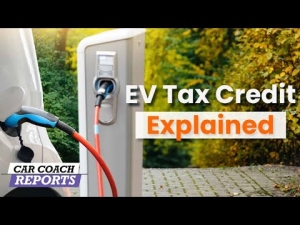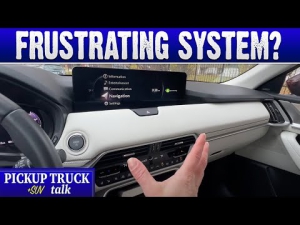The Surprising Way Tesla Vision Works
Tesla just announced that it is ditching radar in favor of tesla vision. New Tesla Model 3 and Model Y cars are being shipped without radar. How does Tesla vision work and what does this mean for Tesla Owners?
What does Tesla Vision do?
Tesla Vision will replace the sensor technology in Tesla Model 3 and Model Ys. Currently sensor technology allows Tesla Autopilot to work, as well as other safety features. Autopilot is Tesla’s name for its semi-automatic driving system. Tesla Vision monitors surroundings so that functions such as adaptive cruise control, lane change assistance and lane keeping work.
How does Tesla vision work?

Tesla vision is entirely camera based. Cameras monitor surroundings and allows the vehicle to respond appropriately. Tesla Vision also sends data back to the semi-automated driving system, as well as Tesla. In addition to cameras, Tesla Vision uses neural net processing. Neural net processing is an advanced type of computer learning similar to the way humans learn. This means that the Tesla will essentially learn by analyzing its own data, as well as data from the Tesla network. Neural net processing looks for patterns to inform its operation.
Additionally, Tesla’s website states that, “Our per-camera networks analyze raw images to perform semantic segmentation, object detection and monocular depth estimation. Our birds-eye-view networks take video from all cameras to output the road layout, static infrastructure and 3D objects directly in the top-down view.”
Tesla Vision will be in the Autopilot feature as well as Full-Self driving. Although it is called Full Self Driving, there is only Tesla feature which does not require a driver; Smart Summon. With Smart Summon, a driver uses a remote control to call their cars to them, (provided they are within 200 feet of the vehicle).
How does standard sensor technology work?

If you have a car with advanced safety systems such as pedestrian detection and forward collision warning, you are probably already somewhat familiar with radar. Most cars with these types of advanced safety features use radar and sometimes lidar to determine where objects around them are. Radar works by sending out sound signals and measuring the time that it takes for the signal to bounce off of an object and come back. Similarly, lidar sends and receives light signals. Elon Musk called lidar a “crutch,” and believes that Tesla Vision is the future.
New cars come with Tesla Vision

Elon Musk, Tesla CEO, believes that camera-based technology is the future. In fact, Tesla has already started shipping new Model 3 and Model Y cars without radar. However, other Tesla safety functions are being adjusted or disabled for a period of time while Tesla makes technical adjustments. This will hopefully allow Tesla Vision operate as smoothly as the radar system did. Features like Autosteer are limited to a max speed of 75 MPH, and the following distance is lengthened.
For now, Tesla Vision will only be available in Model 3 and Model Ys sold in the U.S. Tesla hasn’t announced yet whether they’ll be introducing Tesla Vision in cars in China and Europe.
RELATED: Tesla Autopilot Driver Snoozes While Car Hurtles at 80 MPH
The post The Surprising Way Tesla Vision Works appeared first on MotorBiscuit.







